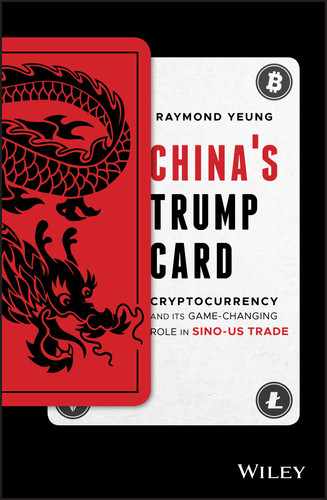Discover the impact of blockchain on the trade relationship between the world’s two largest economies China's Trump Card: Cryptocurrency and its Game-Changing Role in Sino-US Trade grapples with the fascinating issue of the effect of digital currencies on world trade and the relationship between China and the United States in particular. Full of forward-looking insights, solid data analysis, extensive collection of relevant literature and incisive observations, author Raymond Yeung compellingly argues that cryptocurrencies will have a significant role to play in harmonizing geopolitical power struggles. Covering all the subjects required for a full understanding of the future of the Sino-US trade relationship, China’s Trump Card discusses: This book is perfect for business leaders, investors, financial analysts, policymakers, economists, fintech developers and others who have a stake in the outcome of the blossoming trade disputes between the United States and China.
Table of Contents
- Cover
- Acknowledgments
- About the Author
- Preface
- Chapter 1: An Unconventional Trade Feud
- Chapter 2: Trade Imbalances and the Greenback
- Chapter 3: Deglobalization Prompts De-Dollarization
- Chapter 4: China–US Financial Decoupling
- Chapter 5: A Race on the Digital Turf
- Chapter 6: Cryptocurrency and the People's Money
- Chapter 7: Foreign Reserves Go Digital
- Chapter 8: The Endgame
- Bibliography
- Index
- End User License Agreement
